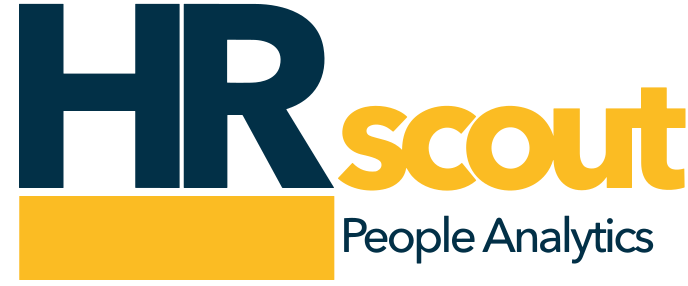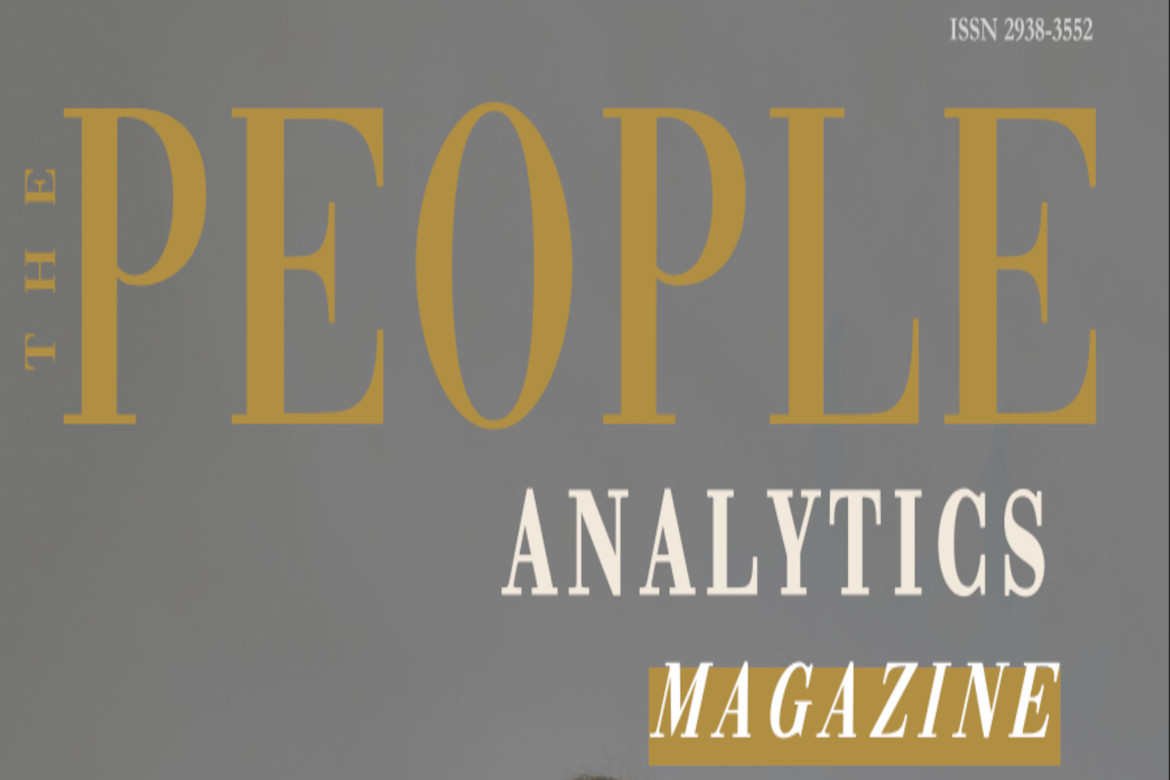In the January 2024 issue, Cristóbal Rodríguez published an article in “The People Analytics Magazine” about how the descriptive power of algorithms enhances the role of the people manager.
“Don’t give me predictive algorithms; I need descriptive algorithms.” Behind this phrase—one increasingly heard from people managers—lie two fundamental ideas for understanding the role of People Analytics within our organizations.
We cannot predict individual behavior, but we can understand the internal dynamics of the company that impact those behaviors.
Except in certain clear quantitative scenarios, the most valued algorithms are those that allow us to understand the internal dynamics of how the company operates. Predicting the individual behavior of an employee—especially from a long-term perspective—is extremely challenging, as personal variables will inevitably come into play, variables that will never be fully captured by our algorithms and that make such long-term predictions inherently difficult.
Lo que sí podemos decir es, quienes son las personas ahora mismo más adecuadas para desarrollar la estrategia. Podemos decir que les hace falta para que puedan ser todavía mejores, podemos descubrir donde están y que recursos humanos pueda desarrollarles de una manera mucho más personalizada, efectiva y eficiente hacia lo que necesita para tener personas que desarrollen la estrategia con éxito. Y eso, es mucho más importante para la compañía que un objetivo predictivo.
What truly matters is understanding those dynamics. The key role belongs to people managers, not technicians. In the world of people management, the value lies not so much in the accuracy of the algorithm but in its interpretation—in the ability to understand the dynamics it reveals and to implement action plans and strategic policies based on them.
This vision of People Analytics empowers professionals who deeply understand their company to develop analyses that would not be possible without their involvement. Pure technicians lack the necessary context in their analysis, and in our work, context is fundamental. We are not predicting the support value of a stock; we are talking about understanding the dynamics revealed by our algorithms and about the usefulness of those insights when linked to the company’s strategy. We are talking about seeing differently, about seeing things from a new perspective.
We manage information that is difficult to obtain, and we must be aware that it is our duty to return added value to our companies by using it. But the key will not be the technology. The true driving force behind the growth of People Analytics will be the knowledge of people management professionals and their ability to understand the vast world of possibilities at their fingertips.

